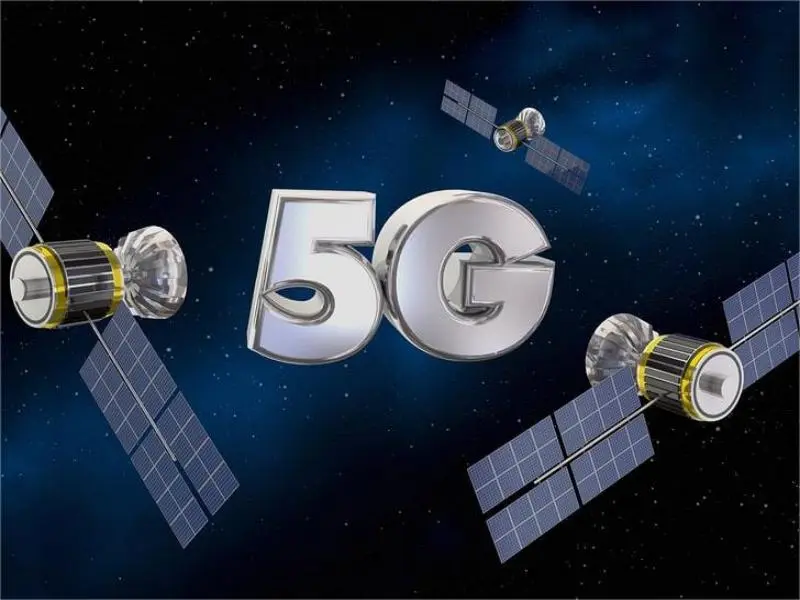- Sateliot has successfully launched four additional low-Earth orbit (LEO) nanosatellites from the Vandenberg Air Force Base in California.
- This launch marks a significant step forward in Sateliot’s mission to provide comprehensive 5G NB-IoT NTN (Non-Terrestrial Networks) connectivity worldwide.
OUR TAKE
Sateliot’s expansion of its 5G NB-IoT satellite constellation signifies a major advancement in global IoT connectivity, offering reliable, cost-effective solutions in remote and underserved areas. As industries increasingly adopt IoT for enhanced efficiency, Sateliot’s services are poised to meet the escalating demand for uninterrupted connectivity.
–Rebecca Xu, BTW reporter
What happened
Sateliot has successfully launched four additional low-Earth orbit (LEO) nanosatellites as part of its growing 5G NB-IoT NTN constellation. The satellites, launched on 16th August from a SpaceX Falcon 9 rocket at Vandenberg Air Force Base, aim to extend mobile telecom coverage globally, bridging connectivity gaps and enabling IoT capabilities worldwide. With plans to operate over 100 satellites by 2028, Sateliot is well on its way to transforming industries across the globe.
CEO Jaume Sanpera noted, “This launch marks a new development phase for us, positioning Spain as a global leader in IoT connectivity.” Sateliot’s patented ‘Store and Forward’ technology and adherence to global standards set them apart in the Non-Terrestrial Networks community, with pending connections to over eight million devices and applications in agriculture, logistics, and critical infrastructure management.
Also read: Quectel expands antenna portfolio for IoT devices with 5G
Also read: Transforma Insights identifies IoT key themes and market leaders
Why it’s important
With this launch, Sateliot moves closer to its goal of operating a constellation of over 100 satellites by 2028. The newly launched satellites are set to extend mobile telecom operators’ coverage, addressing connectivity gaps and enabling IoT capabilities across the globe. Their innovative use of 5G NB-IoT in space is set to revolutionise IoT solutions in remote areas, meeting the increasing demand for seamless global connectivity across industries.
In its pursuit to achieve global IoT connectivity, Sateliot also may face significant challenges, including the integration and compatibility of its satellite network with existing terrestrial NB-IoT networks, ensuring cost-effective connectivity, complying with diverse regulatory requirements across regions, rapidly deploying its satellite constellation, driving market demand and acceptance, differentiating itself in a competitive landscape, continuously updating satellite technology, and coordinating with ground infrastructure for data storage and forwarding. Overcoming these technical, market, regulatory, and financial challenges is crucial for Sateliot to realise its ambitious goal of providing seamless, global IoT connectivity.

